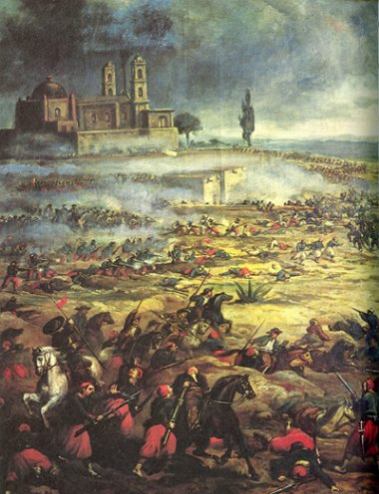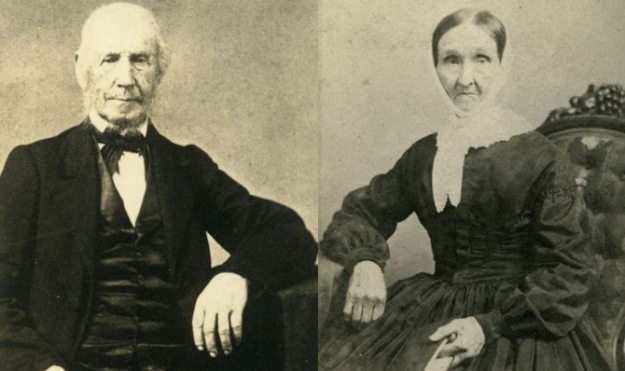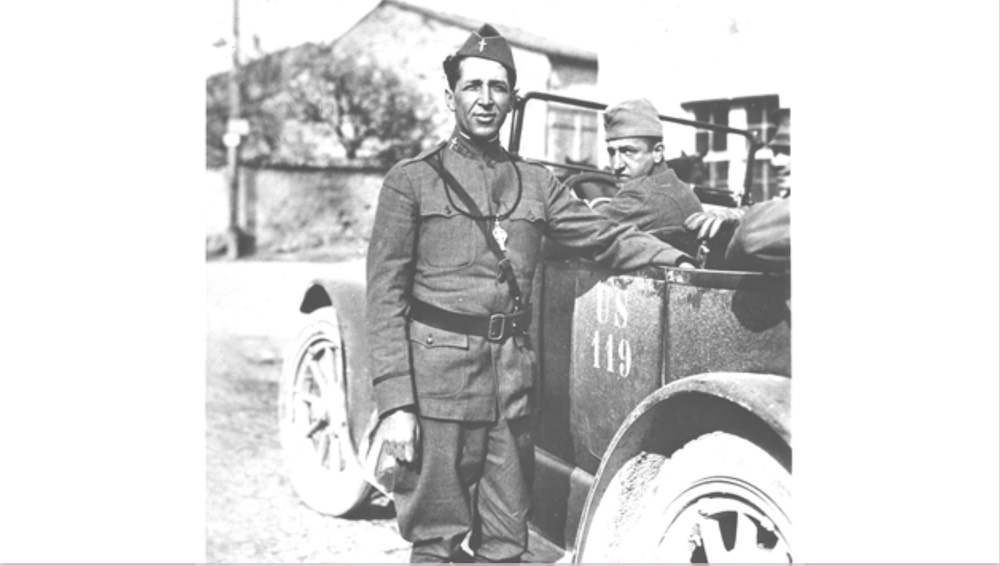While Cinco de Mayo isn’t an American holiday per se, it is increasingly celebrated by Americans with each passing year. For many, it’s a reason to go out partying, socializing, and drinking tequila, a mojito, or some Tecate with friends – any excuse to have fun. Cinco de Mayo has a feel of a holiday that is about to become an official one since it is celebrated by so many Americans. So what is the real story and significance behind this Mexican holiday? Not the dusty, boring dry version, but the “easy to swallow” version? Maybe one with some fun, facts that you could break out while out and about?
As some of you more astute gringos who took high school Spanish already know, Cinco de Mayo translates as “the fifth of May” and is related somehow to Mexico. So what is the deal with this day and its importance in Mexican history? How did it make its way to the U.S.? Well, hold on to your sombereros and zapatas as we take a stroll through this interesting aspect of history.
Is May 5th when Mexico gained its independence?
Many people incorrectly think Cinco de Mayo is the Mexican equivalent of our July 4th, however, Mexicans celebrate their Independence Day on September 16th – in spite of the fact that they won their independence from Spain on 24th August 1821. Cinco de Mayo came decades later, in 1862, during the height of the American Civil War. The date commemorates the Mexican victory over the French and Mexican traitors at the Battle of Puebla.
So why were the French even in Mexico and why were they there to do battle? In the years leading up to the Battle of Puebla, Mexico had borrowed from England, Spain and France to fight us in the Mexican-American War (1846-1848) and then rebuild afterward.
A few years later in 1855, a Liberal Minister of Justice by the name of Benito Juarez tried to reform Mexico with some very controversial new laws that didn’t sit well with either the populace or other political leaders, especially the Conservatives led by Félix Zuloaga. These laws go beyond the scope of the article, but in general, they revolved around stripping the church and military of power, e.g. enforcing a separation between church and state, seizing church properties not used for worship, and annulling non-civil marriages for example. This incited locals and unrest eventually led to a civil war called The Reform War (1857-1861). Benito needed all funds to quell this uprising, so declared a suspension of all payments to the three nations that he owed monies to for two years.
Three nations coming to collect payment from Mexico
This would typically not be an issue and if there weren’t some deeper agenda, the three nations would have accepted the suspension until Benito and Mexico had moved past the Reform War. In fact, even though all three nations sent troops to recoup payment, England and Spain accepted terms and returned home. But….there’s that agenda. At the time, France was one of the world’s most powerful military forces and like all powerful military forces, expansion was the name of the game.
France under Napoleon III saw an opportunity to expand his global empire and install a French monarchy, by taking advantage of a weakened Mexico. This would also place Napoleon III closer to the United States and in a far better position to stem our growth, lest we become too powerful. He could even pick a side in the American Civil War and help divide and further weaken the nation. What a cunning little hijo de….ahem.

Anyhow, Napoleon III sent General Charles de Lorencez and depending on which historical documents you read or believe, 5,000 or 6,000 troops to land at Veracruz – Mexico’s largest port at the time. From the coast, de Lorencez and his state-of-the-art, abundantly equipped and experienced troops made their way to Puebla and launched an attack on the 4,000 poorly equipped, hodgepodge group of farmers, young Zapotec Indians, and mestizos, led by Texas-born General Ignacio Zaragosa. Charles de Lorencez’s intelligence had come to the conclusion that any show of dramatic force on his part would encourage the locals to turn on Zaragosa – so right up the middle of Zaragosa’s forces went de Lorencez’s cavalry.
Lorencez’s mistake was tripartite: his intelligence about the populace was incorrect, while the opposing side consisted of mainly farmers they were highly motivated, and though it was true that Zaragosa didn’t have experience leading massive armies in warfare on open plains and fields, he did have plenty of guerrilla warfare style experience. The cavalry was tripped up by an uphill trek, ditches and adobe ruins that slowed their onslaught to the point of being overly vulnerable. Zaragosa had his cavalry attack from left and right flanks and had hidden troops bring up the rear. Then nature worked her magic and rains began to fall making the battle zone muddy and slippery.
Ready for round two de Lorencez?
By the time de Lorencez was able to retreat to lick his wounds, he would count 462 of his men dead compared to a loss for Zaragosa of 83 – a thorough thrashing for a battle that lasted half a day. De Lorencez took higher ground hoping Zaragosa would give chase, whereby making himself vulnerable to counter-attack, but Zaragosa let him simmer for a few days. A disappointed, battered and dejected de Lorencez then left Puebla for Orizaba almost 100 miles away.

This was a sound victory for the Pueblans, however, was only one battle of many to come. The following year, France would return with 30,000 troops under General Elie-Frederic Forey and not only conquer Puebla but eventually the capital Mexico City, placing Mexico under France’s rule. Benito Juarez and his government would then retreat to the north and to conspire. Thus began the Second Mexican Empire (1864-1867) ruled by Austrian Archduke Ferdinand Maximilian. This never sat well with the Mexican populace who made sure Maximilian’s military was in constant conflict.
If the United States weren’t enmeshed in a Civil War, we may have prevented Mexico’s fall to France. With the advent of the American Civil War, the American government could now focus on Mexico. President Abraham Lincoln and Benito Juarez both had similar political views and the Lincoln administration did not see France or Maximilian as the rightful rulers of Mexico. In addition, the United States foreign policy was declared in the Monroe Doctrine, which stated it would label any attempt at colonization of the Americas by European powers as an act of aggression that would not be tolerated. The United States pressured France to accede – which it did, leaving Mexico in 1866 under order of Napoleon III.
However, Maximilian had his supporters in Mexico and genuinely felt Mexico was not only his new home but his destiny. Ignoring the direct order of Napoleon III, Maximilian and his troops remained and fought against the resistance. By 1867, he was defeated and executed. Benito Juarez would be restored to power and rule Mexico until his passing in 1872.
Two nations with an interwoven history
Why was that Battle at Puebla important to America? If France hadn’t been set back a year at the battle, it was likely that Napoleon III would eventually fund the Confederate South and would have had a dramatic effect on the outcome. A divided America would be a weaker America and one that could eventually fall to France as it expanded its empire. In addition, General Ignacio Zaragosa was a born in Texas – which was part of Mexico then, making him essentially one of the first Chicanos.
Today this little battle that could, is enjoyed in Mexico and the United States as a celebration of Mexican music, culture, and food. Mexicans and Mexican-Americans alike are thrilled to have non-Mexicans join in the celebration, especially their brethren to the north who helped oust the French. Nothing against the French culture – Americans love Canadians to the North, but it’s nice to have two different cultures on our border. The American identity has a large Latin flavor to it and the Mexican flavor in particular is a beloved one.
 New Bedford Guide Your Guide to New Bedford and South Coast, MA
New Bedford Guide Your Guide to New Bedford and South Coast, MA







